(March 23, 2024) He dedicated his youth to conserving the tribal art and thick forests of Jharkhand. Now 79 years old, Padma Shri Bulu Imam lives in a colonial house nestled in a grove of tall trees and lush bushes, in Hazaribagh, Jharkhand. The hunter-turned-environmentalist and archaeologist who revives tribal paintings, Bulu currently runs an art museum, The Sanskriti Centre. He is also the author of several books and was awarded the International Peace Award by the Gandhi Foundation for his humanitarian work.
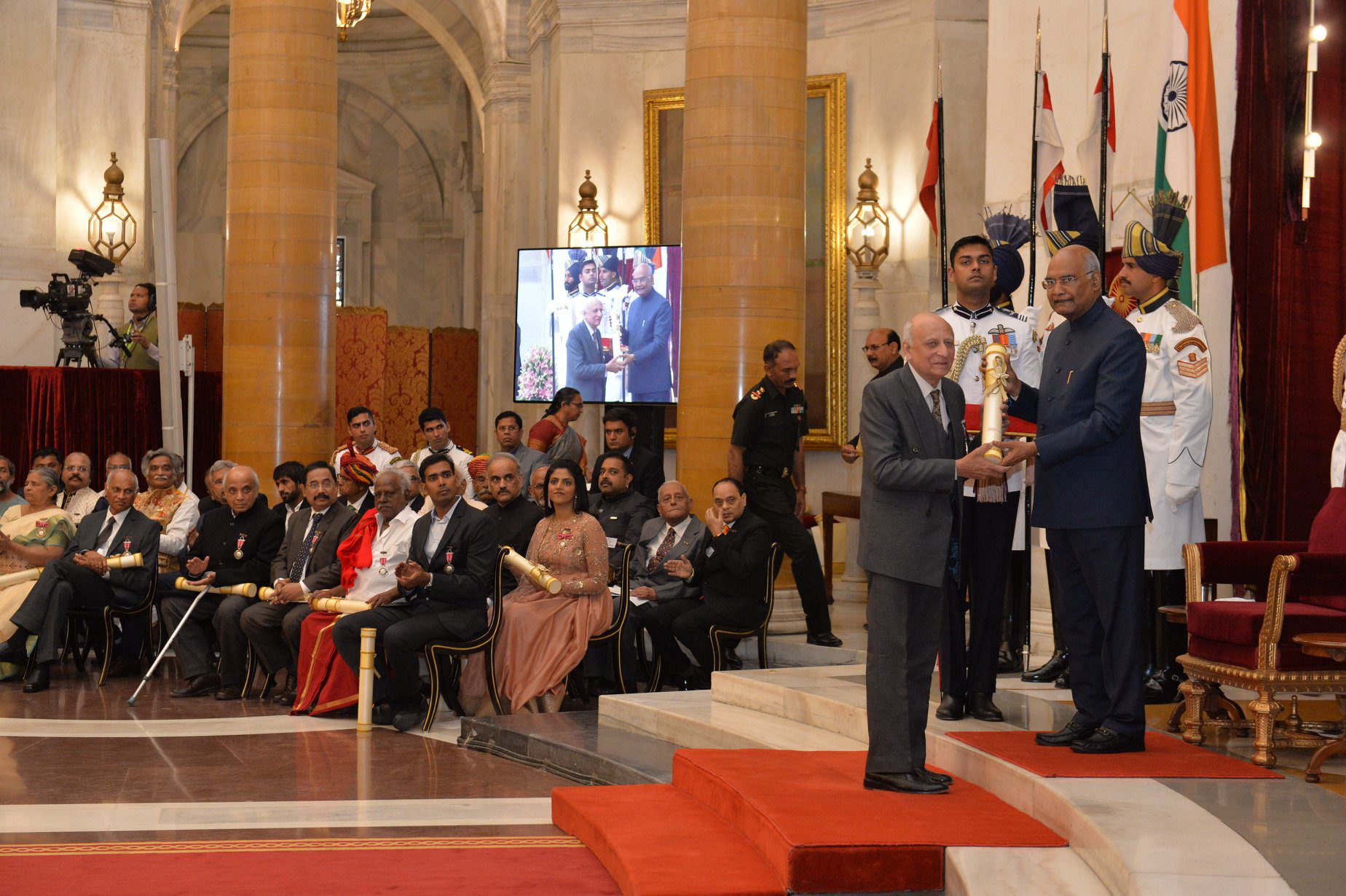
Bulu Imam receiving the Padma Shri from President Ram Nath Kovind, in 2019
“Our museum is home to old rock paintings that are about 10,000 years old. They belong to the Mesolithic, Chalcolithic, and Neolithic eras,” shares the archaeologist during an interaction with Global Indian, adding, “This land of coalfields has been home to millions of tribal people, who lived there for centuries. The coal mining here was not only destroying the beautiful jungles of the land but also affecting the megaliths, some even dating back to before 2000 BC.”
Son of the forest
The grandson of Indian High Court judge and India’s Congress President Sir Syed Hasan Iman, Bulu was born in the lap of luxury. Like his father, the archaeologist was a big-game hunter and would animals that posed threats to human life. “My mother was of French ancestry, whereas my father was of Arab ancestry. My father was very fond of big-game hunting and as a child, I would accompany him on several hunting trips. I grew up surrounded by forest and tribal people, which is why I believe I feel so strongly in them,” shares the conservationist.
Unusually, Bulu did not receive any formal higher education. “I have studied till standard XII in St. Xavier’s School, Hazaribagh. My entire family has studied at Oxford and Cambridge. But my uncle, who was an Aurobindo-man had his own ideas about education. Upon his suggestion, my parents didn’t send me to any school or college. And I feel, had my uncle not taken that stand, the world would not have seen the Sohrai and Khovar paintings,” laughs the archaeologist.

Growing up, Bulu was fond of painting, reading, and writing poems. However, hunting was his passion. “I loved to go on hunting trips, but we never killed the animal for pleasure. During the ’60s and ’70s, I hunted 19 elephants and many man-eating tigers most of my early adulthood was spent organising tiger hunts with my father in the region of Jharkhand,” the archaeologist shares.
ALSO READ | Meet Dr Masooma Rizvi, the art curator for Ayodhya International Airport
Turning point
It was a hunting trip that would be a turning point in the archaeologist’s life. In 1979, when the conservationist was on a journey around the state with British traveller-writer Mark Shand and his elephant, he saw the destruction of thick forest for coal mining by the state for the first time. “I was shaken by the mass-scale destruction of the forest,” share Bulu. Upon approaching the forest officials, learned that the Central Government had allotted contracts to mine six million tonnes of coal at 30 sites in Damodar Valley. “That was when I decided to oppose the decision and spearheaded a movement,” he recalls.
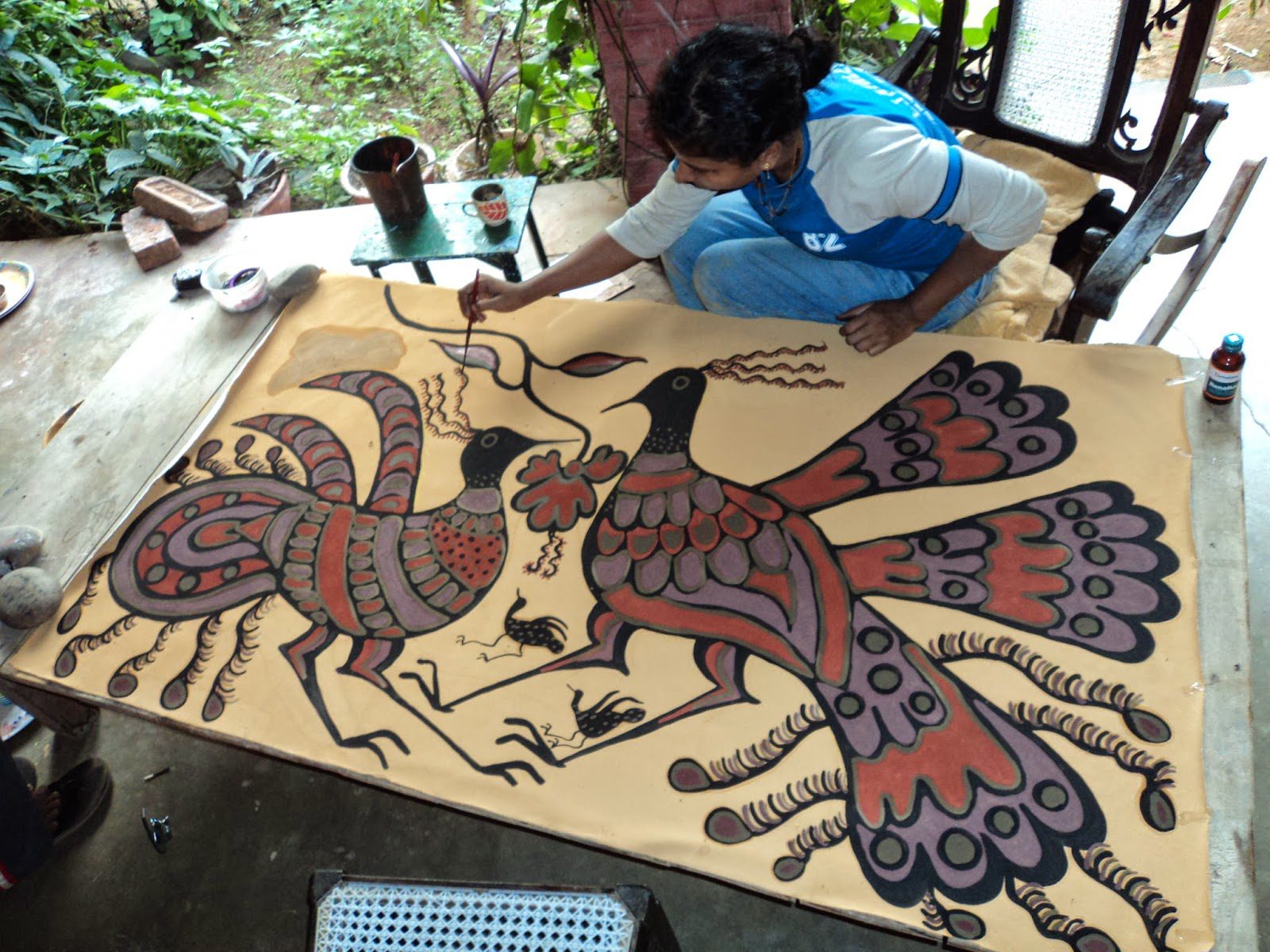
Bulu’s daughter, Juliet Imam, making a tribal art
Coal mining in the area was also displacing the local tribal community and affecting their livelihoods, which depended on the forest. Eventually, the Global Indian became a strong propagator for tribals and wildlife in the North Karanpura Valley against open cast mining. He also brought attention to the need to protect elephants and tigers’ corridors to have distinct habitats.
Tracing the tribal past
After five years of fighting with the authorities to prevent the destruction of local culture, biodiversity, and distinct animal habitats, Bulu became quite well-known in the country. However, not much came out of his protests against the government. “The coal mining didn’t stop in the area,” shares Bulu, who wasn’t disheartened and continued to raise his voice against the mining.

Bulu Imam, Tarshito, Erwin Neumayer, and Philomina painting in Vicino Lantano Festival
In 1986, the archaeologist explored the Adivasis’s identity and was chosen as regional convenor for INTACH, a Delhi-based NGO. In the following years, the conservationists conducted various campaigns to stop the mining activities from Damodar Valley to Hazaribagh. And around the same time, he discovered ancient art that helped him save the local traditional culture.
“One evening in 1991, an Australian Jesuit priest, Father Tony Herbert – who ran a night school for the children in Barkagaon Valley adjacent to Hazaribagh – approached me with the news of some red markings found in one of the caves in the mining area. I was intrigued and decided to visit the site. I realised that those markings were ancient rock art and knew we had discovered something significant,” the archaeologist says.
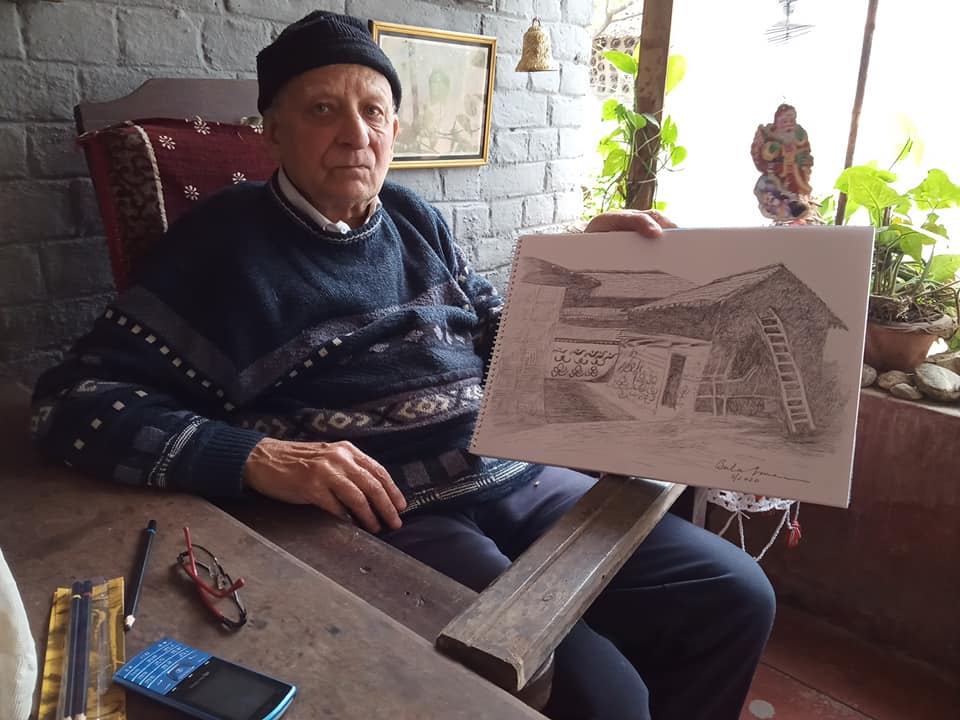
Bulu still likes to sketch whenever he finds some free time
The paintings discovered were a dozen prehistoric rock art sites more than 5,000 years old. During the same time, Bulu also found palaeoarchaeology sites associated with Mesolithic rock art, ancient megaliths, and Buddhist archaeological sites. These sites were acknowledged by the Archaeological Survey of India, enriching the cultural tradition of the region.
“I was able to find a link between these prehistoric art paintings to the paintings Adivasi women draw on the mud walls of their home. The painting style can be distinguished into Khovar and Sohari. The local women paint their homes inside and out, twice a year, celebrating harvest and marriage time,” Bulu explains.
ALSO READ | Revati Singh is crafting artistic narratives that transcend boundaries
The road ahead
Married to two Adivasi ladies, the archaeologist lives in Hazaribagh with his son Gustav Imam. The father-son duo runs the Tribal Women Artists Cooperative (TWAC), to empower and encourage Adivasi women to continue painting. To help raise funds for the tribal community, Bulu has been putting these paintings on canvas and cloth and exhibiting them all around the world. TWAC has held more than 50 worldwide exhibitions so far
“These mud wall paintings are not new but have been in existence since the Chalcolithic and Iron Age period. I didn’t just want to protect this culture but collect and showcase them. So, I started collecting such stone tools in my museum and it is one of the recognised museums by the government,” shares the archaeologist.
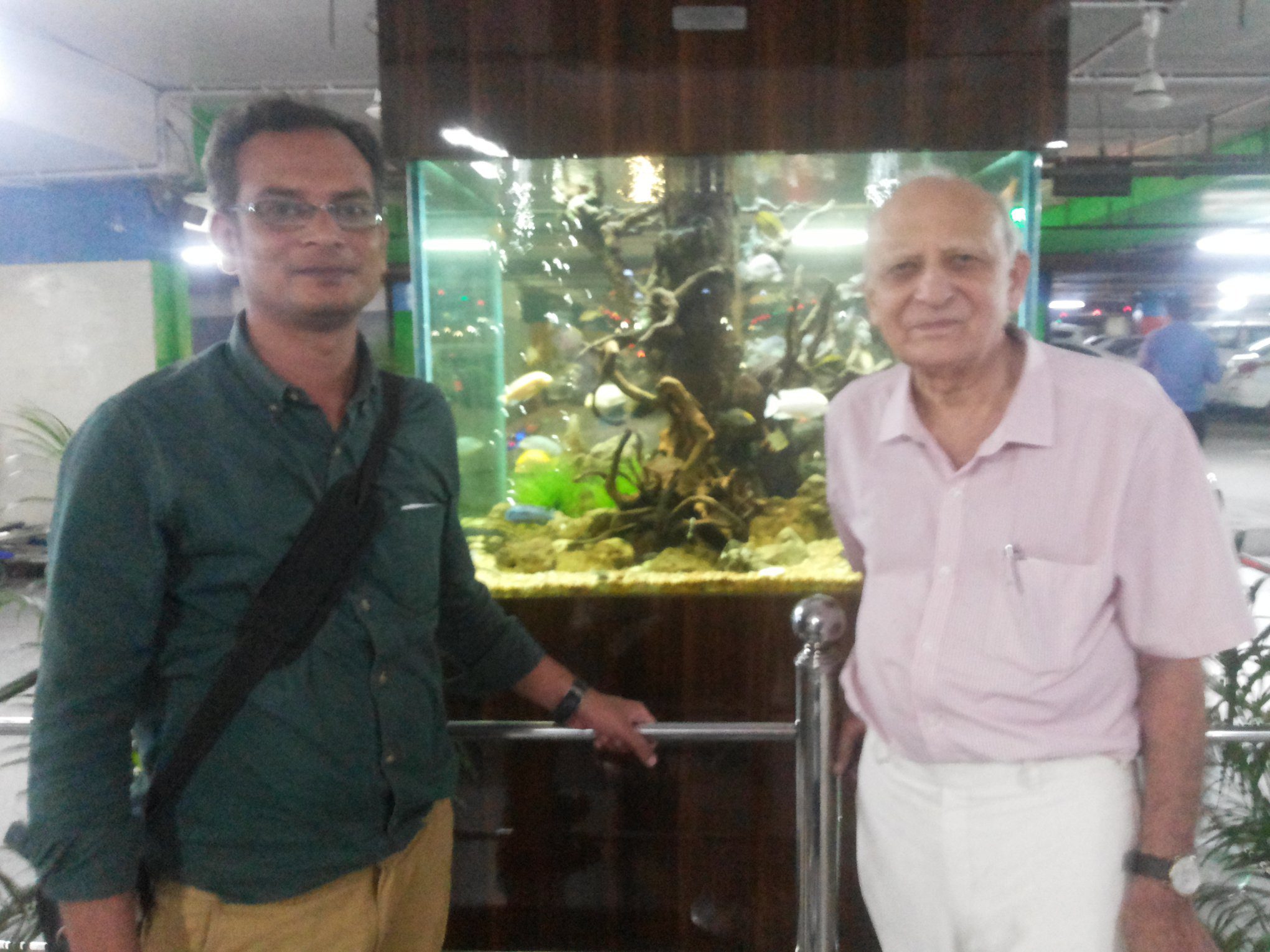
Bulu with his son, Gustav Imam
Gustav has been instrumental in documenting the artefact present in the museum which could be used by further researchers, academicians, and students. “Sanskriti museum is a result of 30 years of research. Each artefact or stone tool present in this museum has a story behind it linked to human evolution. I really hope that these documents will help the future generation of researchers,” concludes the archaeologist, with a smile.
- Follow Bulu Imam on his website
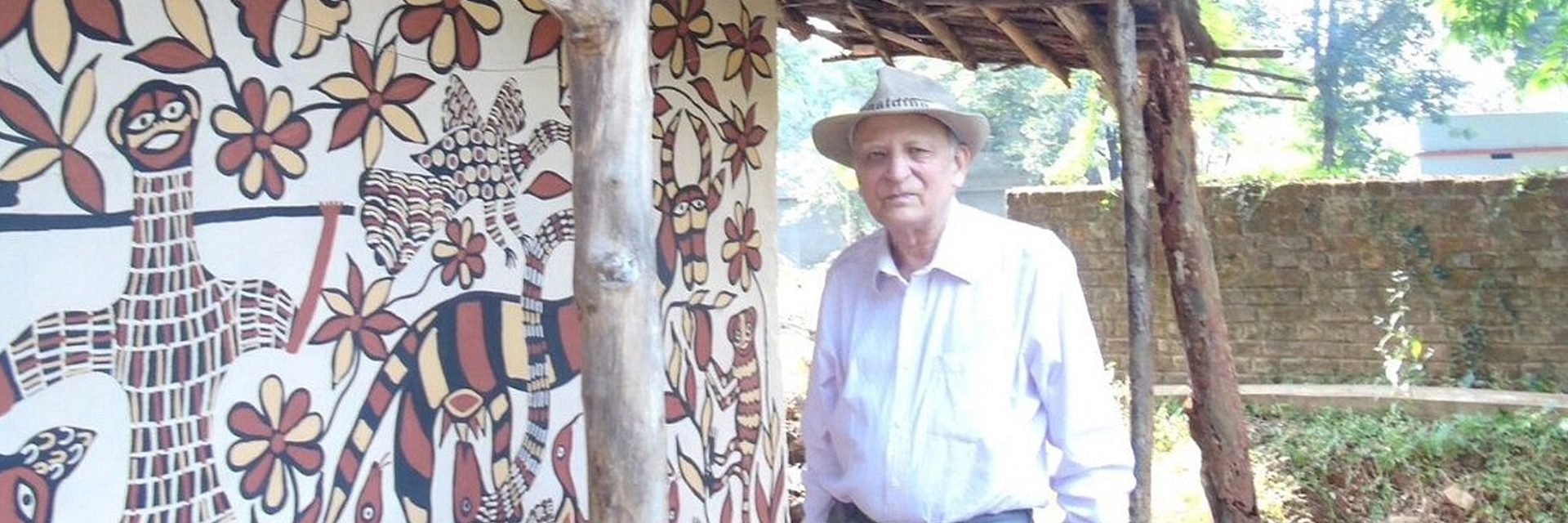



Congratulations to all at’ Sanskriti’